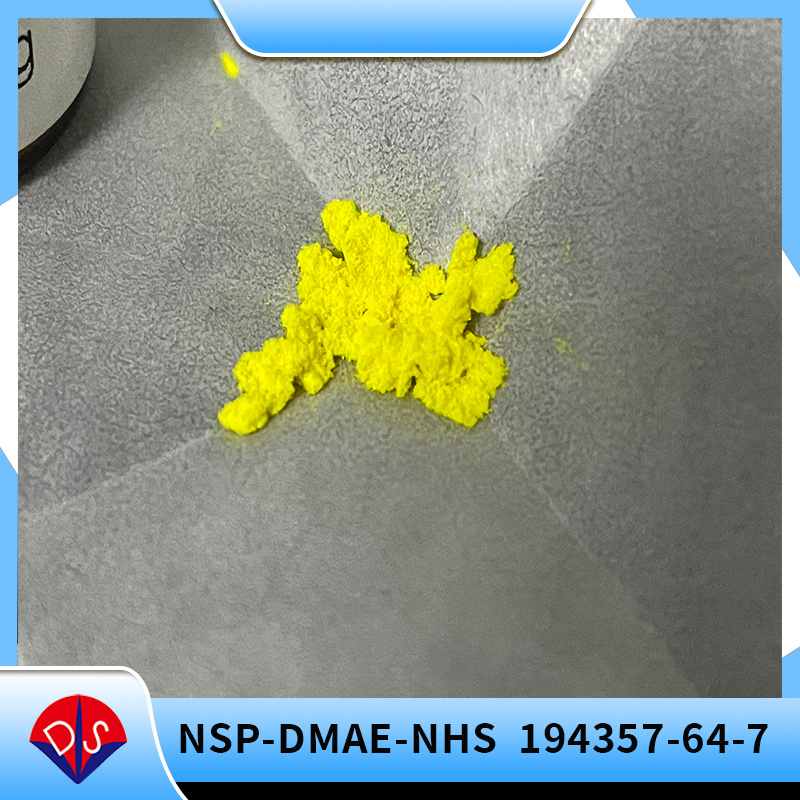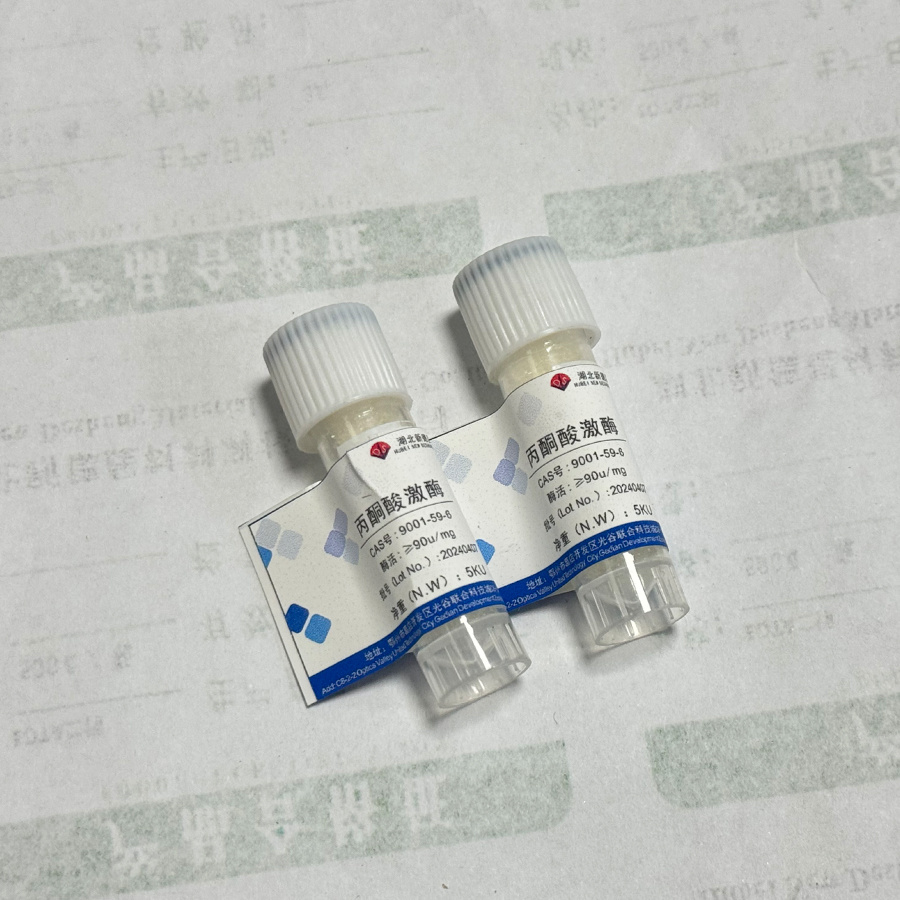Why do many people pursue sensitivity in IVD reagents
Release time:
2025-06-21
In the field of in vitro diagnostic (IVD) reagents, the pursuit of high sensitivity has become the core driving force for industry development, and its importance is reflected in multiple key aspects. From a medical perspective, high-sensitivity reagents can accurately identify subtle changes in relevant biomarkers, avoiding missed or misdiagnosed cases caused by high detection thresholds. In terms of timeliness, high sensitivity helps with early diagnosis. Many diseases are in their early stages, and the concentration of biomarkers is extremely low. High sensitivity reagents can sensitively capture these weak signals, allowing patients to receive timely intervention in the early stages. What are the other reasons for pursuing sensitivity? Let's take a look together below.

(Luminescent reagent acridine ester NSP-DMAE-NHS)
1、 Assist in early diagnosis and seize the opportunity
In the early stages of many diseases, the concentration of relevant biomarkers in the body is often extremely weak, and high-sensitivity IVD reagents can sensitively capture these early weak signals. In the early stages of cancer development, some biomarkers such as carcinoembryonic antigen (CEA) and alpha fetoprotein (AFP) may have very low concentrations in the blood. Traditional detection methods may not be able to accurately detect these low concentration biomarkers, leading to missed diagnosis or misdiagnosis. The detection limit of highly sensitive chemiluminescence reagents can generally reach around 1pg/mL to 10pg/mL, greatly improving the possibility of early diagnosis.
2、 Detecting trace biomarkers
In addition to assisting in early diagnosis, high-sensitivity reagents also help detect trace biomarkers. According to relevant literature, the number of trace biomarkers that have not been fully explored and applied far exceeds the number of mature clinical projects. These trace biomarkers may be closely related to the occurrence and development of various diseases. By detecting and studying them with highly sensitive IVD reagents, more potential diagnostic indicators and biomarkers for the disease can be discovered.
3、 Reduce sample size requirements and overcome sample acquisition challenges
In clinical testing, obtaining samples sometimes faces many difficulties, especially for special populations such as newborns and critically ill patients. High sensitivity IVD reagents can reduce the demand for sample size. The amount of blood samples obtained from newborns is extremely limited, and traditional reagents may not be able to perform accurate detection due to insufficient sample size. High sensitivity reagents only require a very small amount of sample to complete the detection, which not only solves the problem of difficult sample acquisition, but also reduces the trauma to patients. In some cases where multiple sample collection is required for monitoring, reducing the sample size requirement can also alleviate patients' pain and burden.
4、 Reduce interference and improve the accuracy of detection results
In IVD detection, irrelevant proteins and other substances present in biological fluids often interfere with the detection results, resulting in different samples containing equal amounts of the analyte being detected with different results. The higher the sensitivity of the reagent, the smaller the sample size can be selected for testing. The smaller the proportion of samples in the entire reaction system, the smaller the impact on the accuracy of the results.
5、 Service condition monitoring, optimization plan adjustment
High sensitivity IVD reagents can more accurately monitor changes in the patient's condition. In the treatment process of cancer patients, detecting changes in the concentration of biomarkers through high-sensitivity reagents can timely understand the recurrence, metastasis, and response to the effect. When there is a slight change in the concentration of the biomarker, high-sensitivity reagents can sensitively capture this information, and doctors can adjust their plans accordingly in a timely manner. High sensitivity reagents can also reduce the possibility of false negative results, decrease the possibility of incorrectly determining that patients are not ill, and lower the misdiagnosis rate.
In the pursuit of high sensitivity in IVD reagents, Hubei Xindesheng Company plays an indispensable role, focusing on the research and production of in vitro diagnostic reagent raw materials, providing support for improving IVD reagent sensitivity. In terms of luminescent reagent raw materials, products such as acridine esters produced by Xindesheng have the characteristics of high purity, high luminescence efficiency, and strong stability. High purity acridine esters can generate stronger and more stable luminescent signals in chemiluminescence immunoassay, improving the sensitivity of detection and enabling reagents to more accurately detect low concentrations of biomarkers.

In terms of enzyme raw material supply, the enzyme raw materials provided by Xindesheng have high activity and stability. With advanced production technology, strict quality control system, and a deep understanding of market demand, Xindesheng continuously provides reliable raw materials for the IVD reagent industry, becoming a trusted partner on the road to improving IVD reagent sensitivity. If you need to purchase, please feel free to contact us anytime!
Previous page
Previous page
Contact details
Contact number
Address: C8, Guanggu United Science and Technology City, Ezhou City, Hubei Province
Fax:0711-3704 589
Follow us



